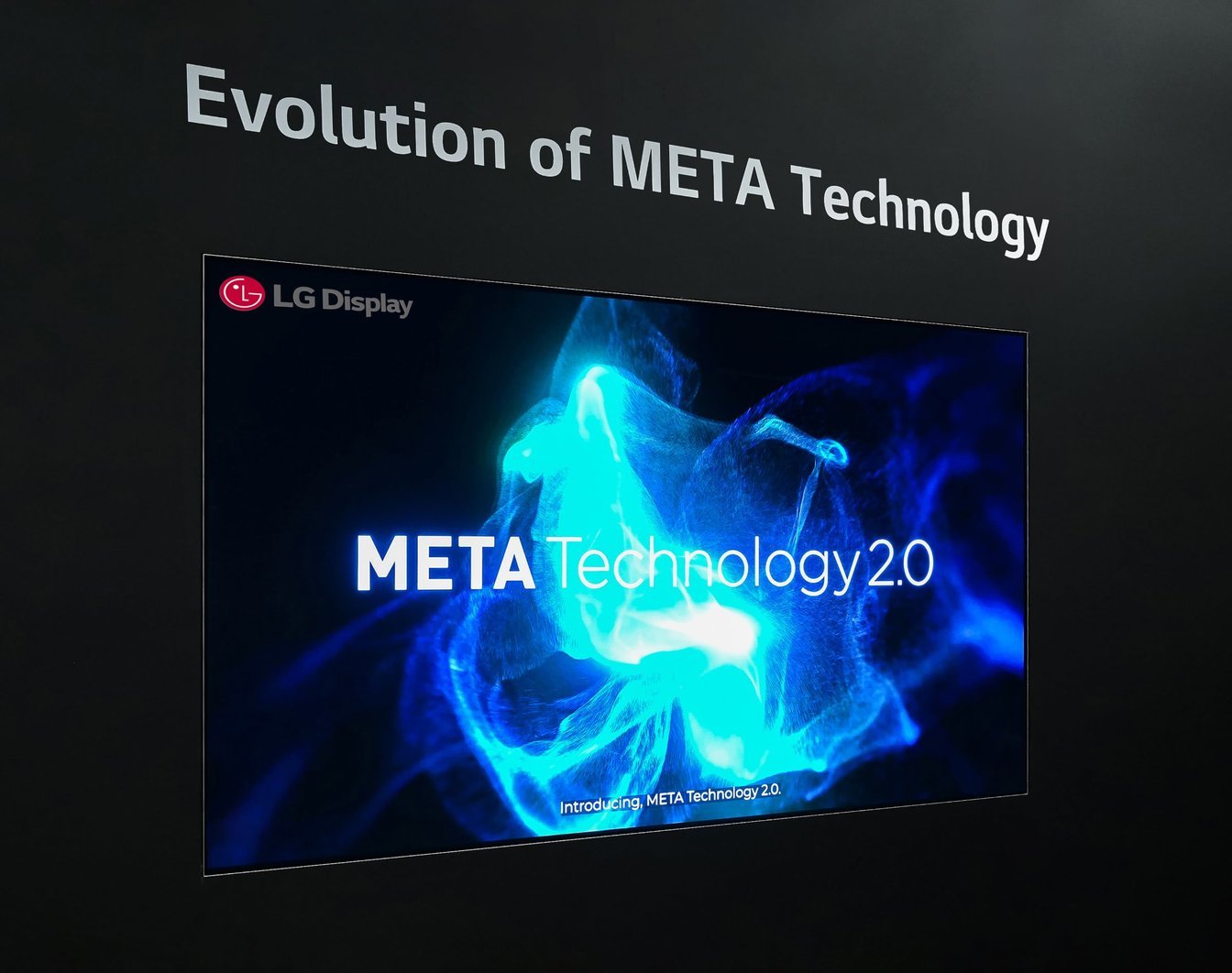LG Display has announced that its 2024 MLA OLED TV displays can achieve a peak brightness of up to 3,000 nits, matching the figure claimed by Samsung Display for its rival QD-OLED display technology.

The South Korean firm said the META Technology 2.0 “offers up to 42% brighter images than a conventional OLED display, and can achieve 3,000 nits of peak brightness”.
How has this been achieved. The answer lies in the Micro Lens Array technology that was first introduced last year. Known as MLA, it uses tiny micro lenses that can extract and direct more light generated by the OLED pixels, and ensure it is directed where it’s supposed to go. This results in improved efficiency. For instance, in the 77-inch MLA OLED TV panel, there is a whopping 42.4 billion micro lenses, the company said.
“META Technology 2.0 comprises ‘Micro Lens Array Plus (MLA+)’ featuring a pattern of optimized micrometer-scale lenses, the upgraded brightness enhancing algorithm ‘META Multi Booster,’ and the full-range brightness detail enhancing algorithm ‘Detail Enhancer,' which all combine to achieve a new maximum brightness of 3,000 nits,” the company explained.
New breakthroughs are always an exciting development for consumers, but we’ll have to wait to get our hands on one of LG’s new OLED TVs and see it for ourselves. Still, it’s a very promising claim, because OLED TVs have traditionally always struggled to match their LCD counterparts in terms of brightness. As such, if LG and Samsung can keep pushing the limits, that’s only good news for their customers.
The first TVs to adopt LG Display’s 2024 MLA OLED panels include LG Electronics’ newly announced G4 and M4 models, as well as the Panasonic Z95A, which was announced yesterday.